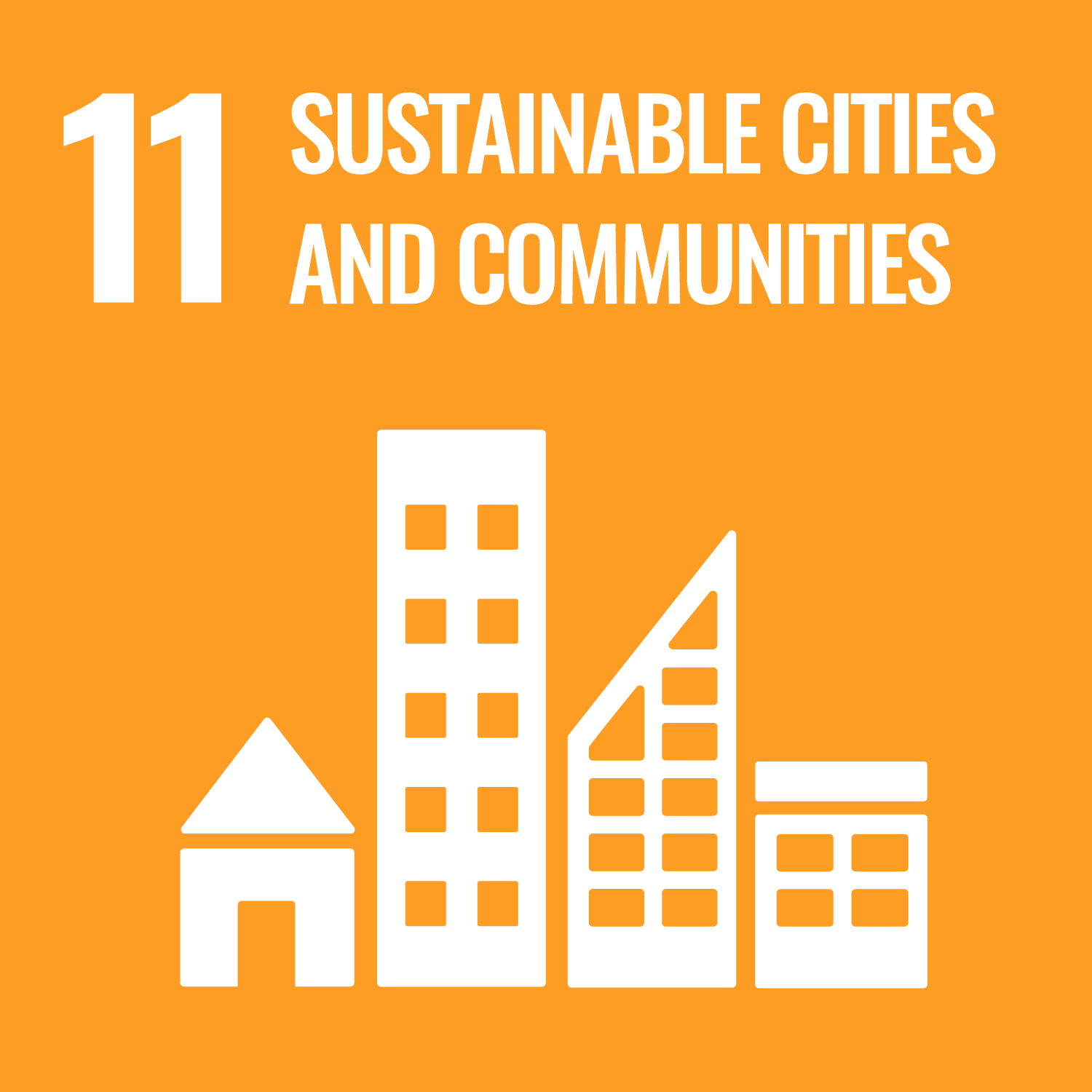ORCID
- Mirza M F Subhan: 0000-0002-1545-9995
- Sophia Hulbert: 0000-0002-3611-294X
- Ruth Way: 0000-0002-0746-222X
Abstract
Background: There is limited research investigating heart rate variability (HRV) in Parkinson’s during dance. The aim of this study was to investigate the effects of dance on HRV in people with Parkinson’s (PwP). Methods: Ten PwP were recruited from a Parkinson’s dance class and completed six sessions; the first half was danced sitting down, while the latter half was standing up. Breathing rate, skin temperature and HRV data were collected and analysed by repeated measures analysis of variance. Results: Analysing all six sections together showed skin temperature (p < 0.001), heart rate (HR; p = 0.029), short-term HRV (SD1; p = 0.025), normalised standard deviation of all the R-R intervals (nSDRR; p = 0.028), and breathing rate (BR; p = 0.001) were significantly different. Conclusions: Significant changes in HR, SD1, nSDRR, BR and skin temperature of PwP occurred during all sections, showing dance improved autonomic function. Further work examining the long-term effects of HRV in a community setting is needed to understand the potential benefits of dance for PwP.
DOI Link
Publication Date
2025-03-19
Publication Title
Arts and Health
ISSN
1753-3015
Acceptance Date
2025-03-13
Deposit Date
2025-03-25
Funding
We appreciate the support of Lisa Lort, Manager of Pavilion Dance Southwest, Bournemouth for allowing us to use the facilities at PDSW. We also would like to thank Sammy and Aimee who were great dance instructors. Lastly, we would like to express our sincere gratitude to all the participants and attendants who were involved in this study. The authors received no grant funding for this work. The study was internally funded by the School of Biomedical Sciences.
Keywords
community setting, Parkinson's disease, dance, heart rate variability, patients, Parkinson’s disease
First Page
1
Last Page
16
Recommended Citation
Subhan, M., Kaur, J., Hulbert, S., & Way, R. (2025) 'An investigation of the acute effects of dance on heart rate variability in people with Parkinson’s', Arts and Health, , pp. 1-16. Available at: 10.1080/17533015.2025.2481258




